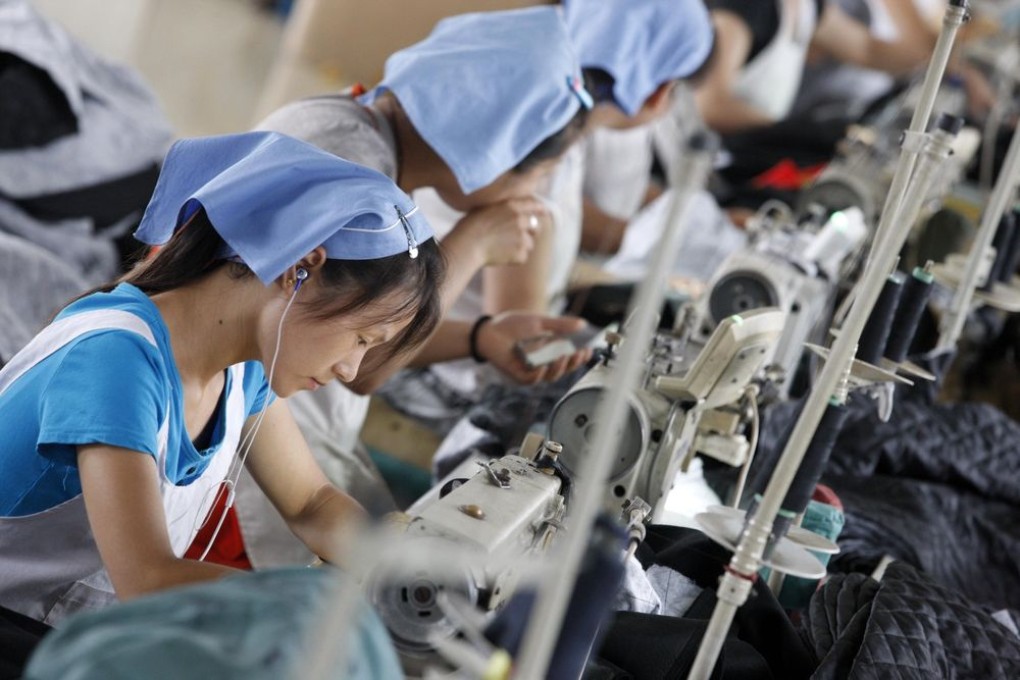In shift from manufacturing, China lures foreign investment in red-hot services sector
Country aims to offer a wider range of opportunities for foreign investors in order to maintain economic growth

Known primarily as a hub of manufacturing, China has diversified into other sectors in an effort to maintain the country’s strong GDP growth and attract further investment. Whereas factories were once the focus of foreign direct investment (FDI) flows, services and people-focused sectors are now attracting greater attention from overseas investors.
The numbers in the first quarter of 2015 bear this out. While FDI overall grew 11.3 per cent to US$34.88 billion, manufacturing investment fell 3.6 per cent to US$11.22 billion year-on-year. In contrast, investment in services rose 24.1 per cent to US$21.59 billion.
"There's an increase of FDI into the services sector, and a slowdown of growth into manufacturing," said James Zhan, director of the Investment and Enterprise Division for the United Nations Conference on Trade and Development (UNCTAD) and lead author of its annual “Global Investment Trends Monitor” report, in an interview with Reuters. “Within manufacturing, investment into hi-tech is growing, while labour-intensive FDI has been declining.”
As Zhan points out, part of this shift is a necessity, as China’s manufacturing industry now faces increased competition from other countries in Asia. As a result of China’s success, costs and wages are no longer as low as they once were, meaning markets such as Vietnam and Cambodia are deemed more attractive for some investors when looking for opportunities in manufacturing.
Shen Danyang, spokesman for the Ministry of Commerce, says: "Chinese companies have been under bigger pressure in the face of competition from Vietnam, which has begun to enjoy preferential duties from the European Union this year. But we should also be aware that China has developed new advantages in technology, brands, quality and services based on the labour-intensive manufacturing model."
And all this is in fact good for China. Attracting investment in value-added sectors such as services is preferable to low-value manufacturing. However, to do this, China has to make sure it carries the right incentives for investors.
China has responded to this by making changes to the Foreign Investment Catalogue – the rules that determine where and how foreign investors can invest in the country. With a loosening of rules in many sectors and other measures including more tax breaks, credit insurance and currency hedging options to exporters, investment in services is now a much more attractive option.
